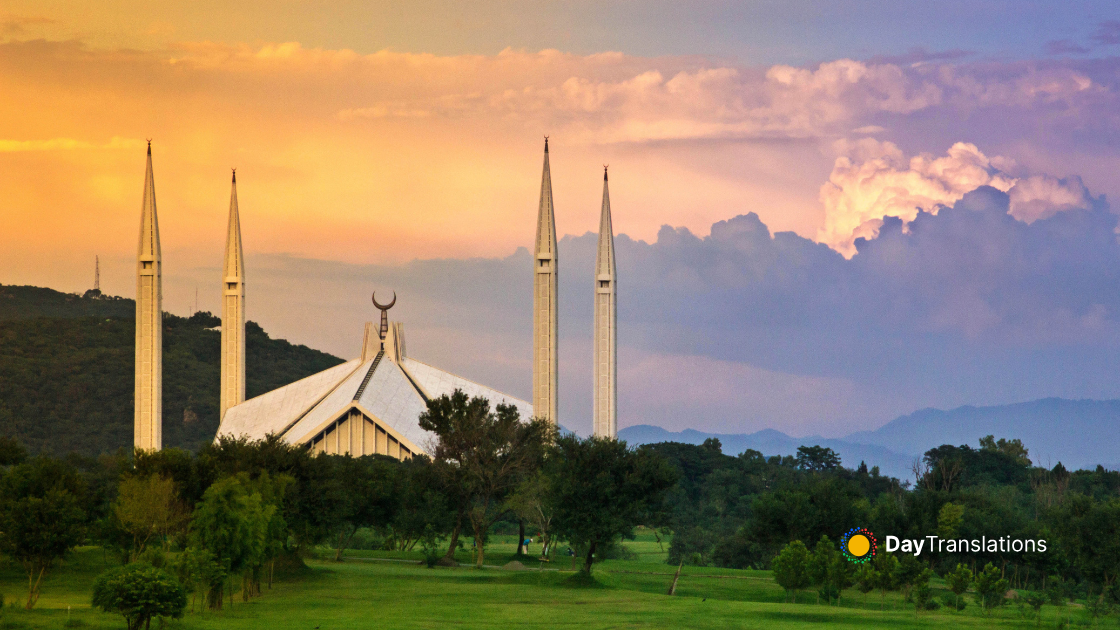Geography of Panama: Important Geographical Information about Panama
In this Country Profile
The landscape of Panama is surely among the world’s most beautiful and diverse. Here, you find mountains, tropical rain forest and dozens of idyllic, offshore islands. Moreover, the wildlife is the same diverse as the landscape. The blend of nature is spectacular. The abundance of natural beauty with two oceans, miles of beaches, cool fresh highlands promise an unique experience.
The dominant feature of the Panamanian landscape are the mountains and hills that form the continental divide between North and South America. Called the Cordillera de Talamanca near the Costa Rican border, the range becomes known as the Serranìa de Tabasará as you move further east. The highest point in Panama is the only volcano in Panama Volcán Barú, which used to be called the Volcán de Chiriquí. It reaches nearly 3,500 meters with a highly valuable geological and ecological scenic landscape. The apex of the volcano contains some of Panama’s richest soil.
A land of tropical and insular beauty, Panama has more than 500 rivers, but many are not navigable. However, the Ríos Chepo and Chagres provide hydroelectric power. In fact, the Chagres is one of the longest and most vital of the 150 rivers that flow into the Caribbean Ocean. Panama’s two coastlines are the Caribbean (or Atlantic) and Pacific Coastline. Panama’s Caribbean coastline has several good natural harbors such as Cristóbal and the major port on the Pacific coastline is Balboa. The Panama Canal, which joins the Pacific and Atlantic oceans is one of the greatest works of engineering and modern achievements of mankind.

Sorry, the comment form is closed at this time.